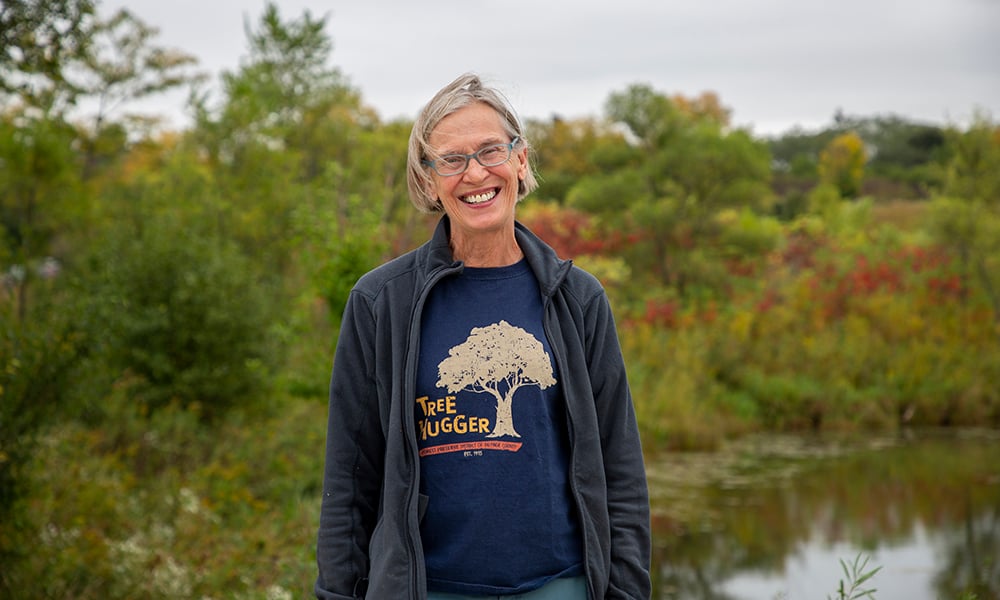
One of the paths Lonnie Morris took into nature was gardening as a kid with her father. Her family’s history of gardening has roots in her grandfather’s strawberry farm. Her father expanded what he learned from the farm with a family vegetable garden at Morris’ childhood home.
“The freshness and flavors of homegrown vegetables created a lifelong link to the land,” Morris said. “I grew my own herbs and vegetables while living in a series of apartments during college and when I first married, then in a more substantial garden when we bought a house with a yard in Lombard.”
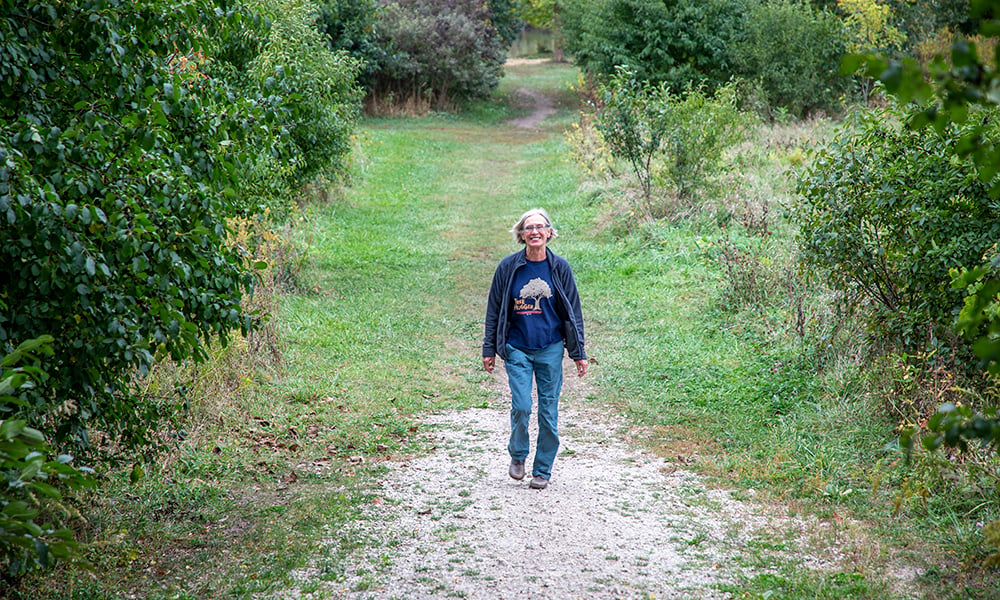
A love of gardening and a friendship with a garden club member led Morris to the Lombard Garden Club where she’s been a member for over 20 years. The garden club provided her with an opportunity to be part of a prairie restoration project at a local park.
Morris’ appreciation for grasslands grew as she learned more from classes in the naturalist certificate program at Morton Arboretum. An instructor in the program told her that naturalists often end up becoming environmental activists to protect what they love. Morris said that would never happen to her as she was a hardcore introvert and preferred the silence and solitary pleasures of collecting seeds in fall and pulling garlic mustard in spring.
But it turned out to be a prophetic comment. “The urgency of climate change and its potential for destroying seasonal rhythms, inflicting havoc with extreme weather events and the risk of a 6th mass extinction propelled me in the late 1990s into an unanticipated career shift as an environmental activist,” Morris said.
![]()
She began slowly with prairie restoration at a local park and a brief stint as a DuPage Forest Preserve District steward at Churchill Prairie Nature Preserve at Churchill Woods Forest Preserve in Glen Ellyn. When an experienced activist asked her if prairie restoration was the best use of her time, she plunged into 10 years of climate activism with the Sierra Club.
As her retirement project, she gathered four local conservation organizations together into the DuPage Monarch Project, a collaboration of the DuPage Forest Preserve District, River Prairie Group of the Illinois Sierra Club, The Conservation Foundation and Wild Ones Great DuPage Chapter. The mission is pollinator conservation through a combination of educational outreach and community organizing.
Here’s her story.
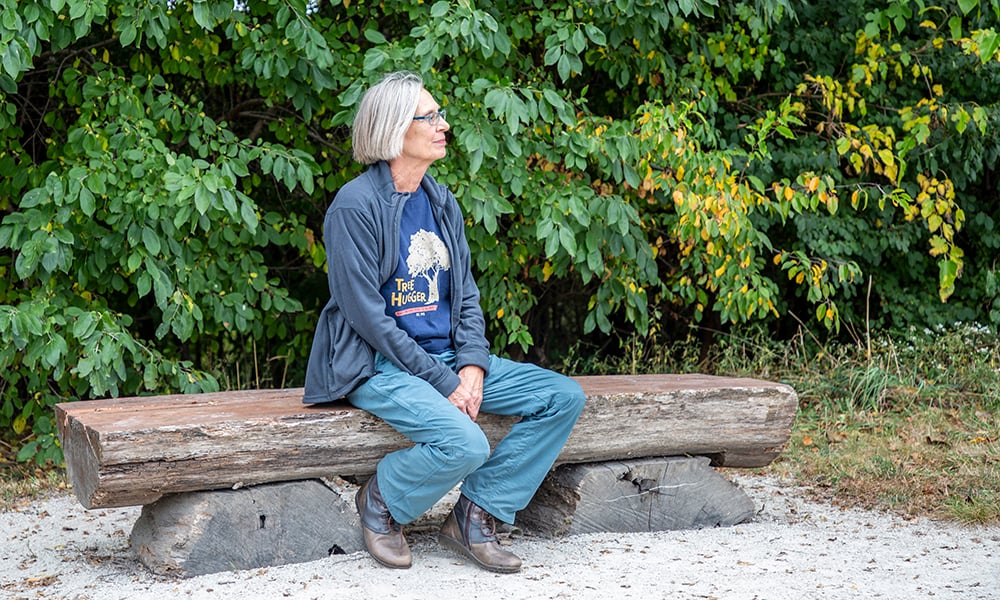
Catching the Nature Bug
My “nature bug story” is a familiar one. I grew up in a small town outside of Rochester in upstate New York. Our house was across the street from a large dairy farm but out the back door was my playground, a creek where I skated in the winter, swam in the summer, learned to remove leeches, and identify the distinctive “kraack” kingfishers make when taking flight. Crossing a fallow field led to a pond swarming with tadpoles in spring and a wood lot filled with beeches. I felt a kinship with all living things and at home when I was outdoors, as though it was my natural habitat and where I truly belonged.
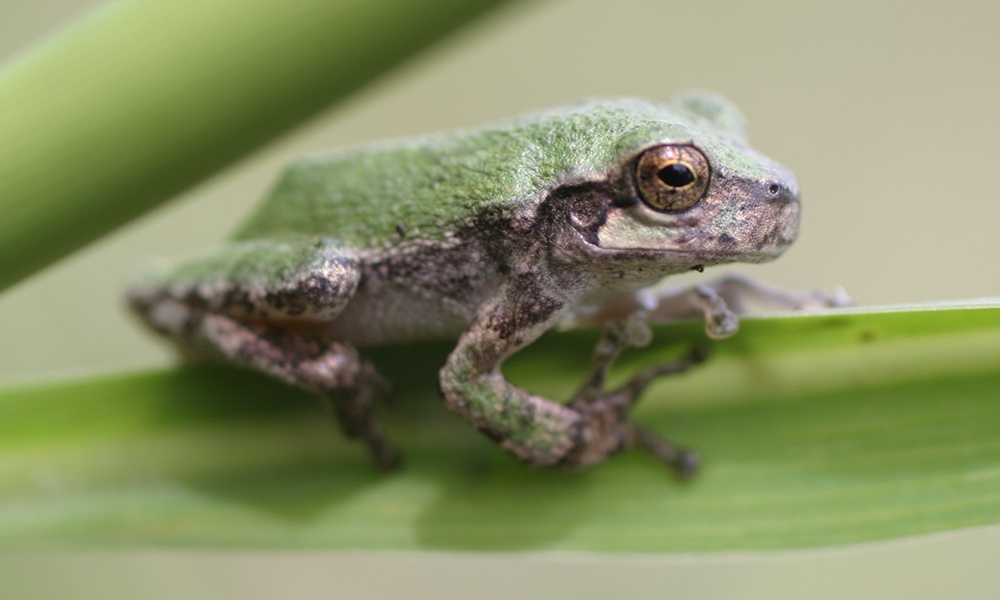
Discovering DuPage Forest Preserves
When I moved to Illinois, the Midwest landscape came as a shock. Living in a suburb surrounded by residential development encircled by agricultural fields that seemed to extend as far as the high plains, I felt deprived of nature. Churchill Woods Forest Preserve was one of the first places that offered me a sense of wildness. The grass was mowed and paths well-worn, but the river flowed and buttonbush grew on the shore. Discovering the remnant prairie across St Charles Road gave me a “wild” place for acquainting myself with the names and habits of the grasses and flowers in Illinois’ native landscape.
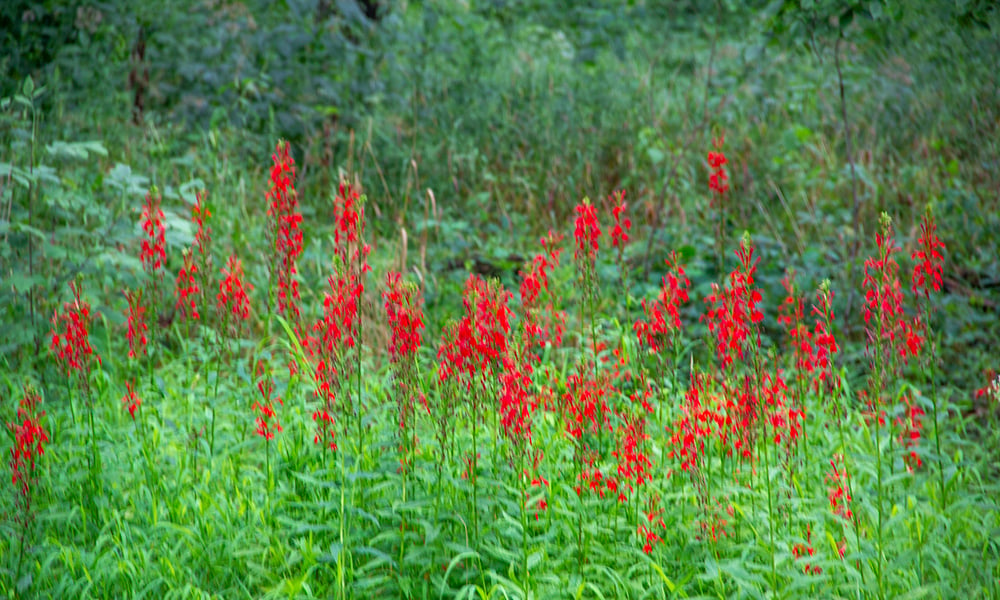
Cardinal flower blooming in Babcock Grove at Churchill Woods in Glen Ellyn.
Favorite Preserve and Time to Visit
East Branch Forest Preserve with its many acres of off-leash dog park is now my favorite preserve. I am so thankful the District offers this place where I can walk with my dog and see eagles, meadowlarks and dickcissels, the occasional coyote, the slow transformation of parts of an old field into pockets of prairie and a delightful community of insects from dragonflies to bumblebees, hoverflies and beetles.
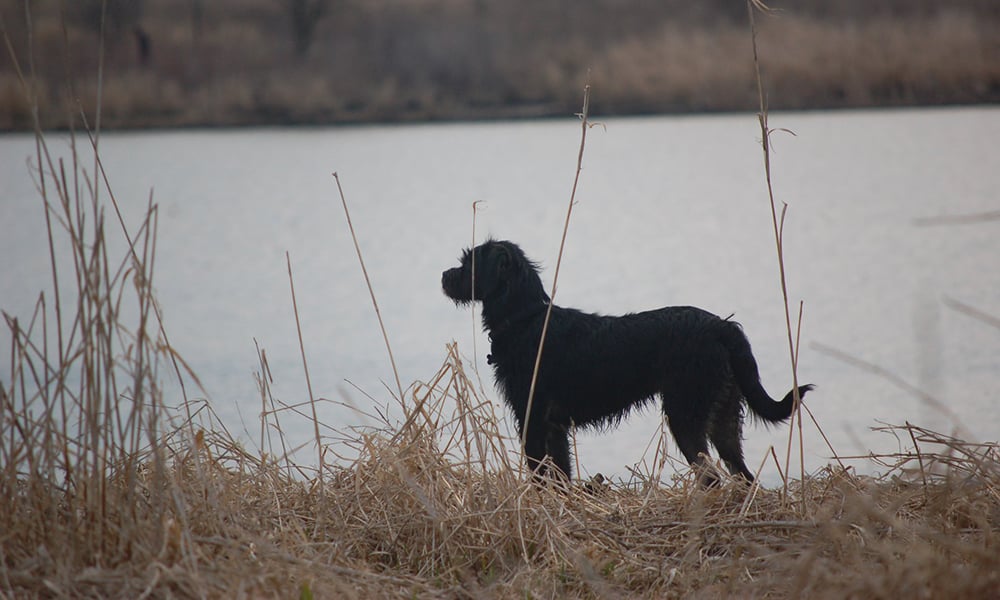
Lonnie Morris' dog, Rufus, enjoys the off-leash dog area at East Branch Forest Preserve in Glendale Heights. Photo provided by Lonnie Morris
What Brings Her Back Time and Time Again
I visit East Branch nearly every day, and each day is different. There are slow seasonal changes: the flowers in bloom; emergence of new butterflies; one day there are no monarchs and the next a few, then many; birds stopping and departing during migration.
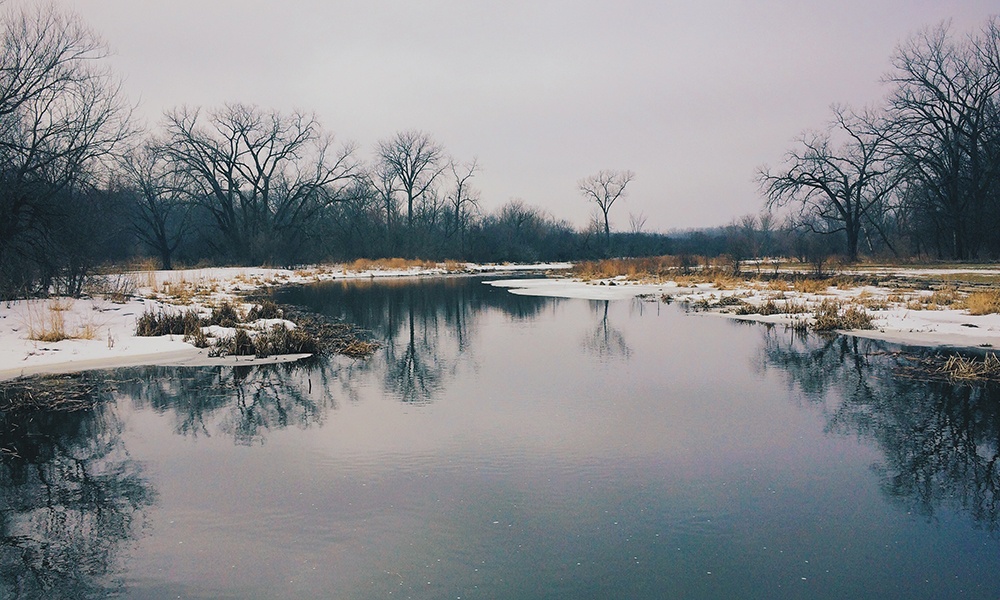
A winter scene at East Branch Forest Preserve in Glendale Heights.
Favorite Thing to Do in the Preserves
Wander, observe and learn.
Nature’s Lesson
Nature has taught me endurance and patience. Human change comes quickly compared to the pace of natural changes and the two are often incompatible. Slowing down to a more nature-like pace encourages a “long view,” and reduces a desire to do and have it all now!
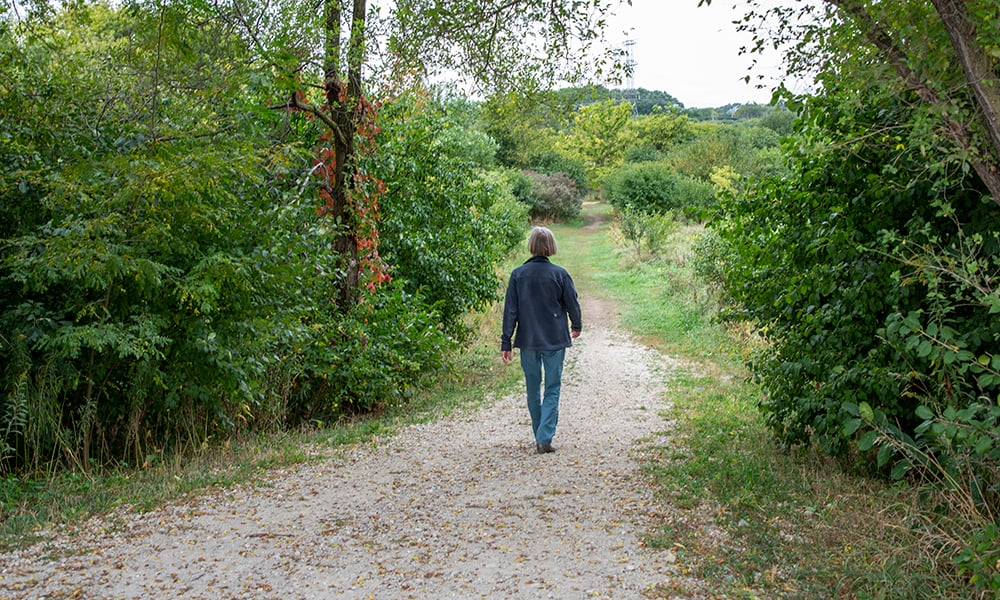
Morris explores the trails at East Branch off-leash dog area.
How Nature Inspires
The diversity of nature is both revealing and inspiring. Diverse plant communities are strong and resilient. Building communities of people with diverse talents and perspectives makes us strong and resilient.
Favorite Nature Quote
My favorite nature quote changes from day to day. Today it’s:
“We need the tonic of wildness... At the same time that we are earnest to explore and learn all things, we require that all things be mysterious and unexplorable, that land and sea be indefinitely wild, unsurveyed and unfathomed by us because unfathomable. We can never have enough of nature.”
― Henry David Thoreau, Walden: Or, Life in the Woods
I appreciate the tension between wanting to know while recognizing the unfathomability of nature, of the unexplored and mysterious and the known. There’s an important lesson in respect in Thoreau’s words and perhaps a caution to avoid meddling, to leave things as they are.
Things are vastly different now than when Thoreau lived at Walden in 1845, and as Bill McKibben argues in End of Nature, no nature remains that is untouched by man, but I believe in nature’s capacity to heal given the chance. We should give it that chance.
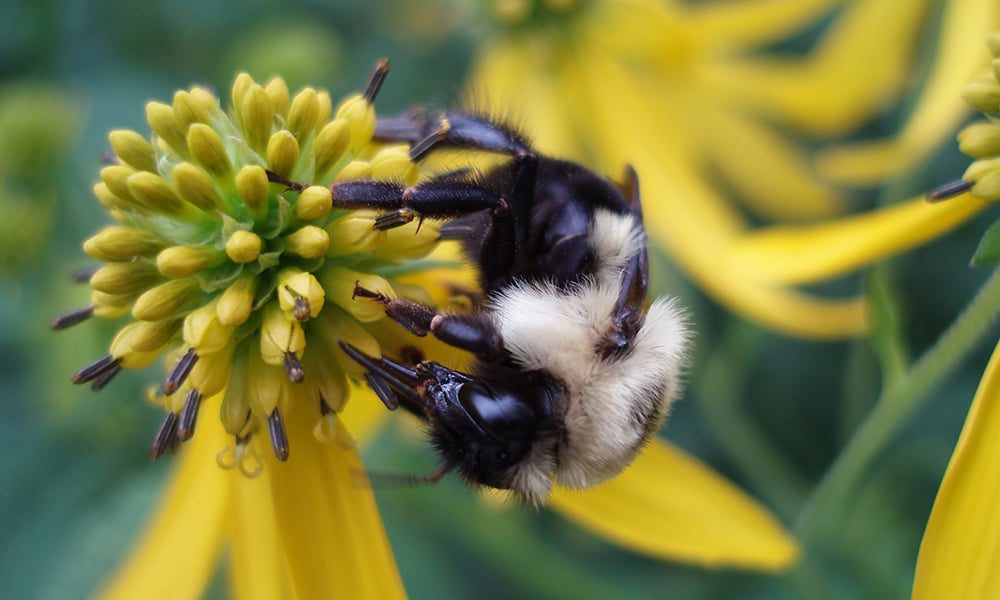
Advice to Others
Show up. In good weather and bad, during the day and through the night, pay attention, listen, look, catch the many scents from the air, land and water, feel the wind, sun, rain and snow.
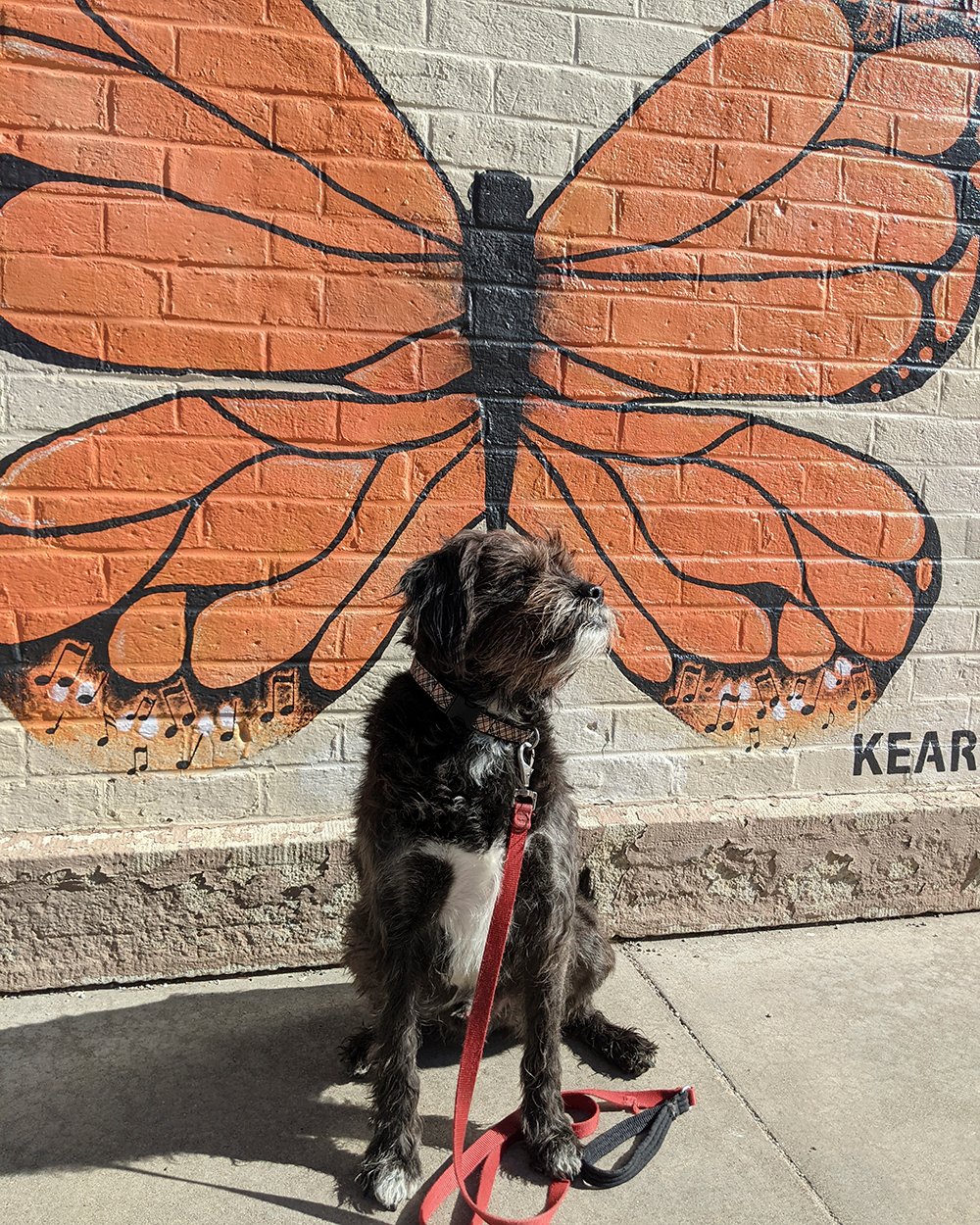
Lonnie Morris' dog, Rufus, poses for a photo in front of a Monarch butterfly mural in Kearney, Nebraska. Photo provided by Lonnie Morris
If you have a fun or unique way of catching nature in our preserves and would like to be featured in a “Catching Nature” blog, please contact Deb Humiston at dhumiston@dupageforest.org.